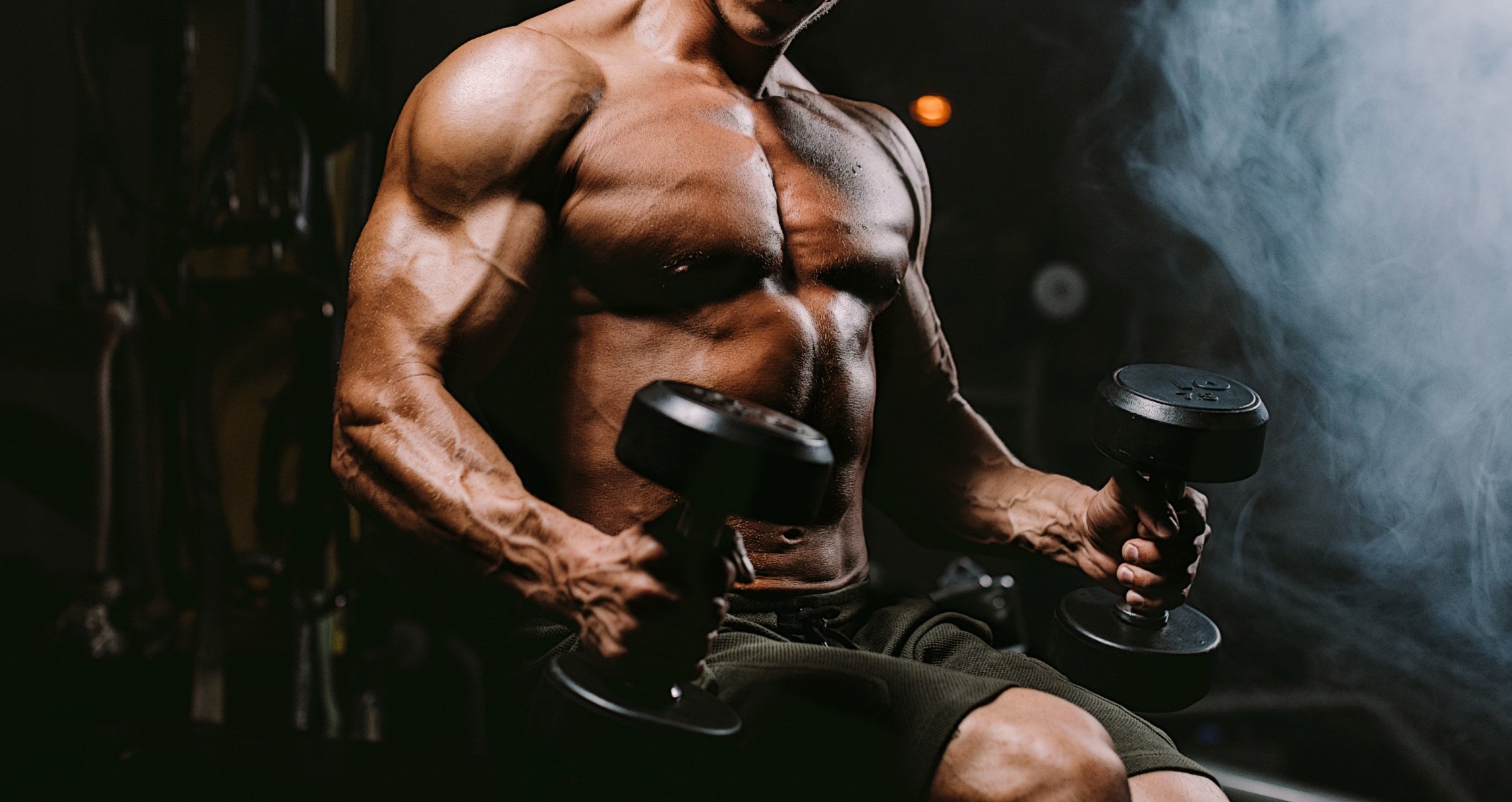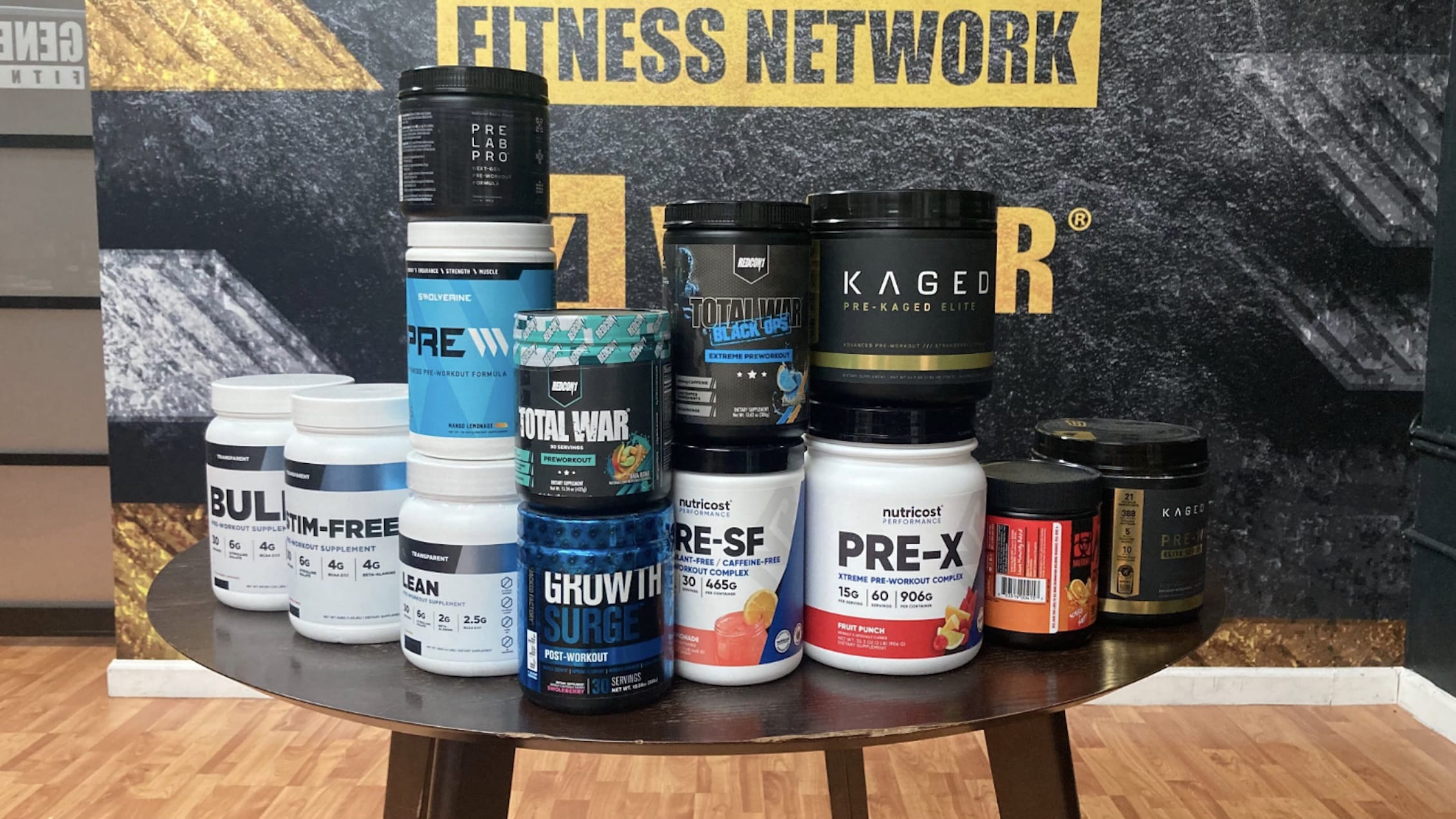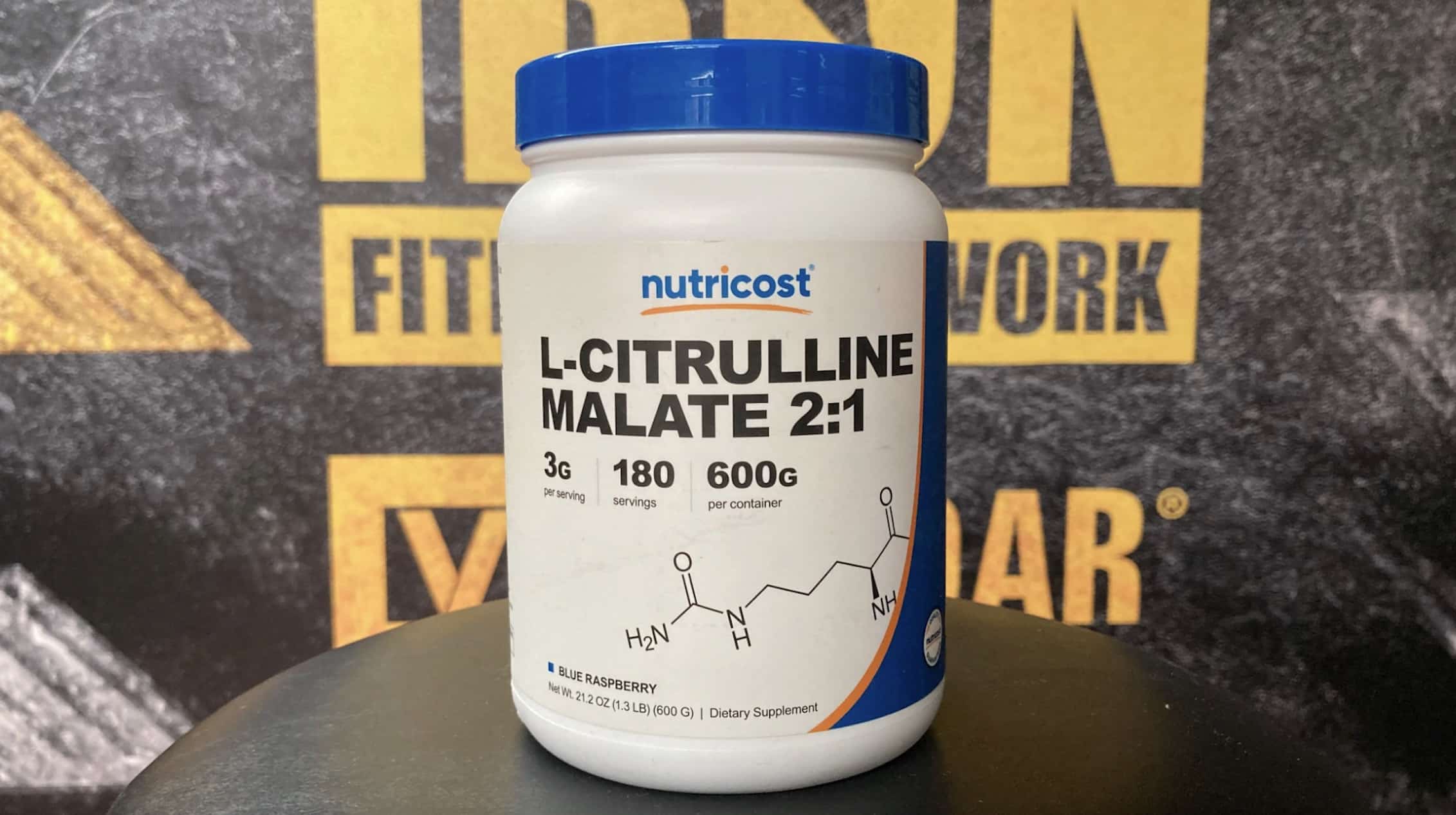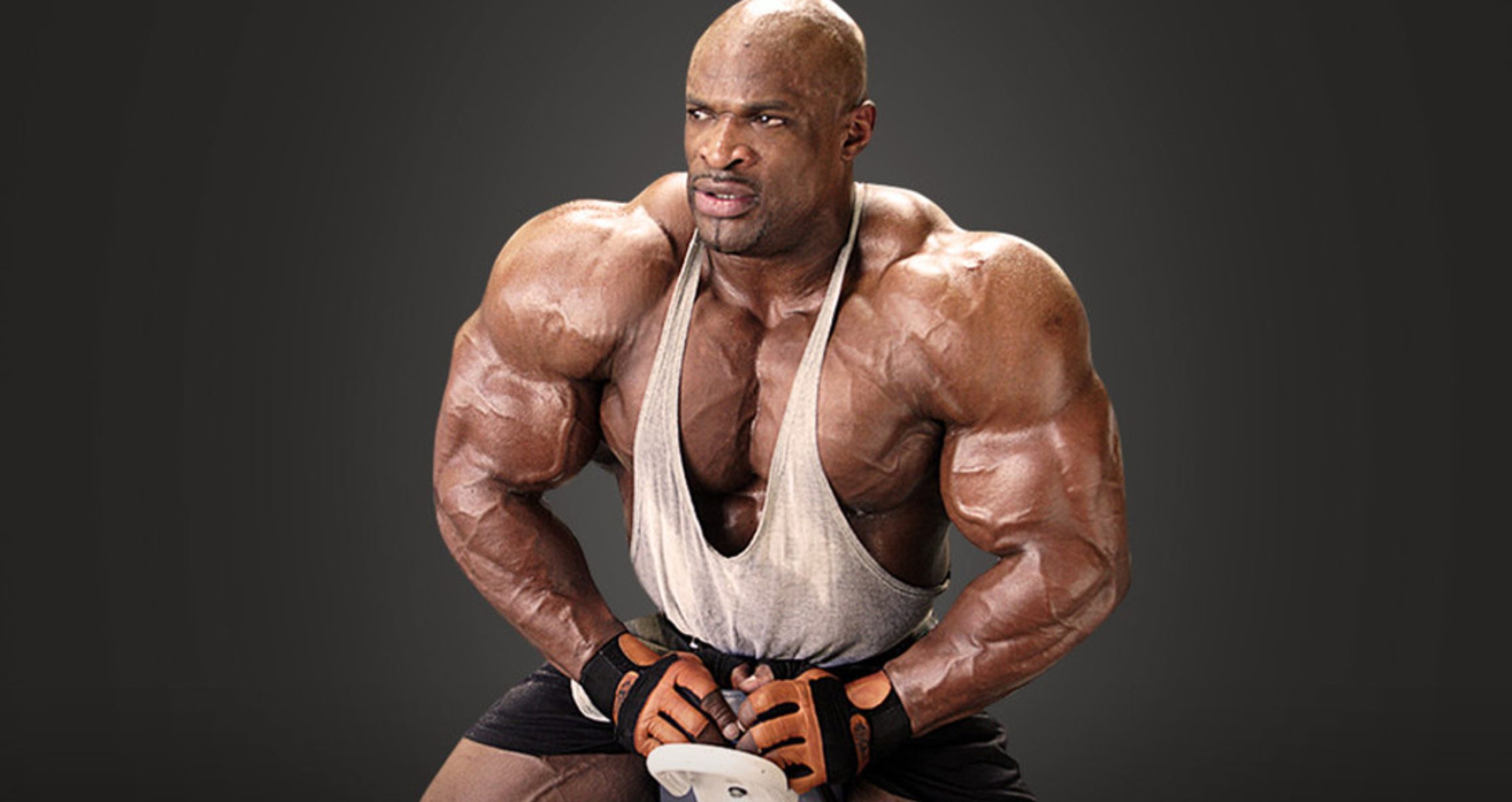The flat hammer press places less strain on your shoulders and wrists than the barbell bench press.
The bench press has long been a cornerstone of upper-body strength training (1). Given its ability to build muscle, increase strength, and improve overall body composition, it’s no surprise that nearly every gym features a bench press machine.
But if you want to change things up in your upper-body workouts, the flat hammer press is a fantastic alternative. Targeting similar muscle groups, this versatile exercise places less strain on your wrists and shoulders.
Are you curious how to incorporate the flat hammer press to maximize muscle growth? This article explains the target muscles, proper form, and additional routines to help you strengthen the same muscle groups and elevate your training sessions.
Technique & Muscles Worked
The flat hammer press is a compound exercise that works the chest, triceps, shoulders, and core muscles. It has different variations, and you can perform it using a machine or a flat bench with dumbbells.
When performing the flat hammer press, it’s essential to use a hammer grip or neutral grip (palms facing each other) throughout the exercise. Compared to the barbell bench press, this exercise puts less strain on your shoulders. So, even if you’re an athlete with shoulder problems but still want to work your chest and arms, this is an excellent exercise for you to do.
The flat hammer press is also an effective exercise for building mind-muscle connection and identifying muscle-strength imbalances when working out compared to the barbell bench press. Check out how to perform it correctly using dumbbells and a flat bench.
- Grab a pair of dumbbells using an overhand grip and lie flat on the bench.
- Switch to a hammer grip (palms facing each other) and lift the dumbbells to chest and shoulder height with a slight bend in your elbows.
- Brace your core muscles, drive your feet onto the floor, push your chest out, and keep your back in its natural position on the bench. This is your starting position.
- Next, slowly and controlled, lower the weights towards your chest while keeping your elbows close to your body (try not to flare your elbows out).
- For two to three seconds, pause at the bottom of the movement (you should be able to feel the stretch in your pecs).
- Finally, press your arms slowly back to the starting position and extend them without locking the elbows to complete a rep.
Benefits
The flat hammer press is ideal for strengthening multiple muscle groups. It’s similar to the bench press but has advantages. So, what are the benefits of this exercise?
Works the Upper Body Muscles
Performing this exercise works and strengthens the upper body. It primarily works the triceps and recruits the anterior delts and chest muscles. Strengthening and building your upper body muscles gives you an aesthetically pleasing body. It also eases your daily functional movements, improving your quality of life.
Easy on the Shoulders
Unlike the traditional flat bench press, this exercise takes it easy on the shoulders and places more emphasis on the triceps. It does this because of the grip. With your wrist in this neutral position, your upper body muscles get a good workout, even with shoulder challenges.
Activates Core Muscles
Your core helps with stability, balance, and coordination, especially when performing the flat hammer press exercise. Pressing upwards activates the abs and strengthens them, which improves your form during this exercise. A stronger core can also prevent injuries during workouts.
Identifies Muscle-Strength Imbalances
The flat hammer press is a unilateral routine that can help identify and improve imbalances. You can use this exercise to train each side of your body and even alter it to accommodate injuries.
Better Mind-muscle Connection
The flat hammer press is an excellent exercise for focusing on your target muscles. It allows unilateral training, allowing you to focus on each side of your body. Focusing on each side will enable you to build a better mind-muscle connection, which is ideal and effective for muscle hypertrophy (2).
Flat Hammer Press Alternatives
Regularly doing the flat hammer press can sometimes cause a training plateau. This isn’t necessarily a bad thing. However, experts say mixing your exercises with others that build similar muscles can improve the effectiveness of your training regimen. So, here are some excellent exercise alternatives you can try.
Push Ups
Push ups are bodyweight exercises that work similar muscles to the flat hammer press. Additionally, you can do this anywhere and anytime because you don’t need equipment. All you need is adequate floor space. Use weight vests, resistance bands, or free weights like kettlebells and dumbbells for extra resistance.
Close-Grip Bench Presses
We talked a lot about bench press, but could you tweak your exercises to focus more on specific muscles? For instance, the close-grip bench press focuses more on your arms (triceps) and pecs, with minimal involvement from the shoulders, just like the flat hammer press.
Tricep Dips
Triceps dips are bodyweight exercises that work the triceps, chest, shoulders, and upper back muscles. It also works the abs and obliques just like the flat hammer press. You can perform this exercise on a dip machine or an elevated surface like a bench, chair, or parallel bars.
FAQs
What muscles do flat hammer press work?
The flat hammer press is an upper-body building exercise that works different muscle groups, including the chest, triceps, shoulders, and core muscles. For more on how this routine works, check the guide above.
What are the benefits of hammer press?
The flat hammer press has benefits for upper-body building and core strengthening. It can also be used to identify muscle and strength imbalances. This routine boosts the mind-muscle connection, leading to more muscle hypertrophy.
What are the top 3 chest exercises?
The flat hammer press is an effective exercise for building chest muscles. Close-grip bench presses and push-ups also target chest muscles. The exercise guide above provides more details on these exercises.
Follow Generation Iron on Instagram, Facebook, and Twitter for more exercise guides!
References
- Dunnick, D. D., Brown, L. E., Coburn, J. W., Lynn, S. K., & Barillas, S. R. (2015). Bench Press Upper-Body Muscle Activation Between Stable and Unstable Loads. Journal of strength and conditioning research, 29(12), 3279–3283. https://doi.org/10.1519/JSC.0000000000001198
- Calatayud, J., Vinstrup, J., Jakobsen, M. D., Sundstrup, E., Brandt, M., Jay, K., Colado, J. C., & Andersen, L. L. (2016). Importance of mind-muscle connection during progressive resistance training. European journal of applied physiology, 116(3), 527–533. https://doi.org/10.1007/s00421-015-3305-7


